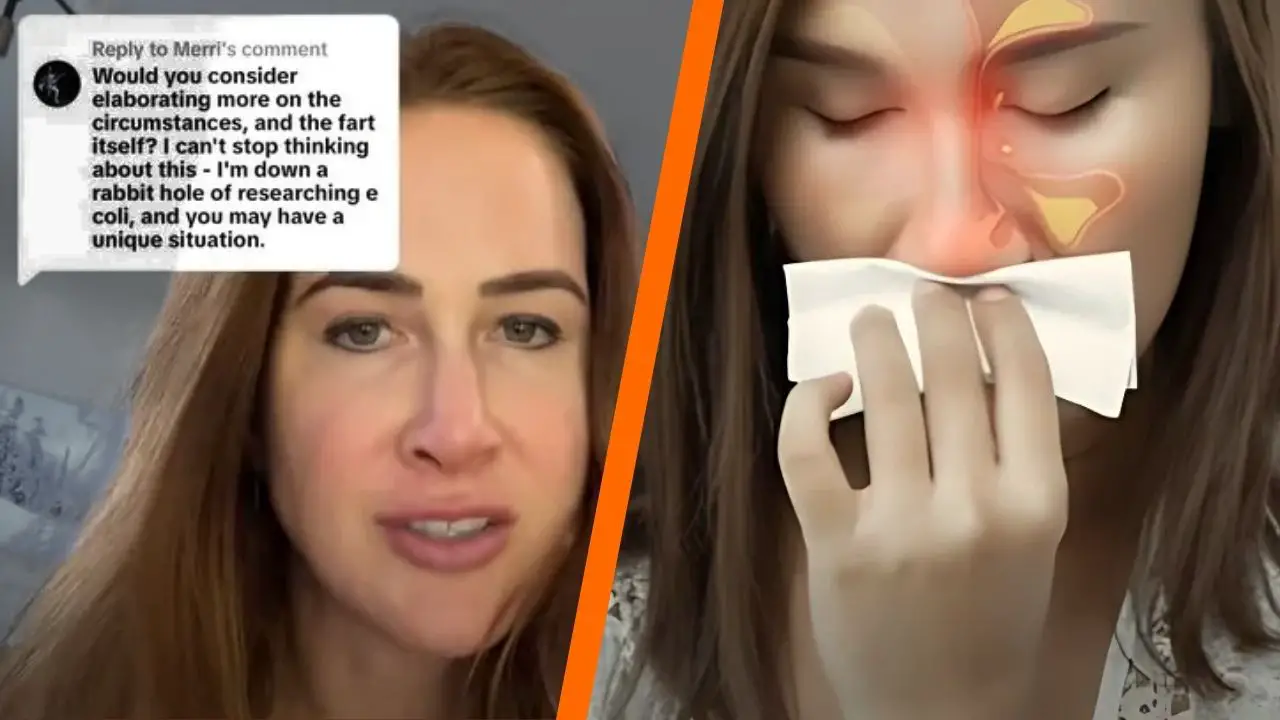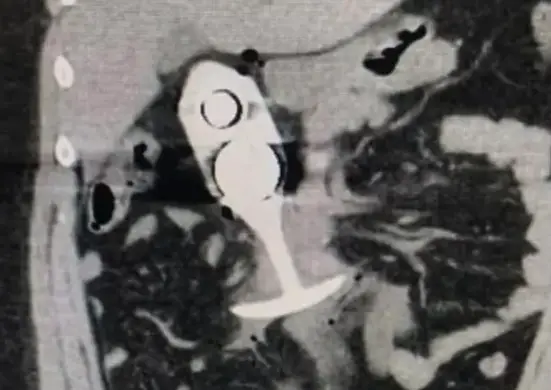10-25% of the World Suffers from Pet Allergies: What Researchers are Discovering

Millions of people cherish their cats and dogs as loyal companions. Yet, for many, these beloved pets bring an unwelcome side effect: allergies.
Sneezing, watery eyes, and itchy skin can turn pet ownership into a challenge. But what causes these reactions, and why do some people suffer while others don’t?
Recent scientific breakthroughs provide new insights into the complex world of pet allergies, offering hope for better management and understanding.

The Science Behind Pet Allergies
Pet allergies stem from proteins found in the saliva, urine, and dander of cats and dogs.
Dander, the microscopic dead skin cells pets shed, is a primary carrier of these allergens.
Contrary to common belief, pet fur itself isn’t the problem—it’s the proteins that cling to it.
When these proteins enter the body through inhalation, skin contact, or ingestion, the immune system of a sensitive person may misidentify them as threats.
This triggers the release of histamine, causing symptoms like sneezing, runny nose, itchy eyes, and, in severe cases, asthma attacks.
For cats, the dominant allergen is Fel d 1, produced in salivary and sebaceous glands.
Cats spread this protein to their fur during grooming, making it easily transferable to humans.
Up to 96% of cat-allergic individuals react to Fel d 1, making it a potent trigger (Wood RA, 2018).
For dogs, the primary allergen is Can f 1, found in dander, saliva, and urine, though it affects only about 64% of dog-allergic people, complicating diagnosis.
These allergens are remarkably persistent. Dander particles are so small they can remain airborne for hours, settling on furniture, clothing, and bedding.
Even homes without pets can harbor allergens, carried in on visitors’ clothes or shoes.
A 2018 review in Allergy, Asthma & Immunology Research notes that cat and dog allergens are detectable in public spaces, making exposure nearly unavoidable (Wood RA, 2018).
| Allergen | Source | Prevalence in Allergic Individuals | Key Characteristics |
|---|---|---|---|
| Fel d 1 (Cat) | Saliva, sebaceous glands, dander | Up to 96% | Highly potent, spreads via grooming |
| Can f 1 (Dog) | Dander, saliva, urine | Up to 64% | Less consistent, harder to diagnose |

Prevalence and Impact
Pet allergies are a global concern, affecting 10-25% of people worldwide (van Hage M, 2023).
Cat allergies are often more severe, with Fel d 1 being the second most common cause of indoor respiratory allergies after dust mites (healthdirect).
Dog allergies, while also widespread, pose diagnostic challenges due to the variability of Can f 1 sensitivity.
The impact of pet allergies extends beyond physical symptoms. They can strain the human-pet bond, with some owners facing the difficult choice of relinquishing their pets.
A 2021 study estimates that 10-20% of adults are sensitized to cats, contributing to significant health and societal costs, including increased asthma care expenses (Sparkes AH, 2021).
Recent Research Breakthroughs
Recent studies have deepened our understanding of pet allergies, revealing how environmental and lifestyle factors influence their prevalence.
Pandemic’s Unexpected Effect
A 2024 study in Istanbul examined how the COVID-19 pandemic affected pet allergies in 5,499 children.
Researchers compared allergy test results from before (2018-2020) and during/after (2020-2022) the pandemic.
They found no significant change in cat allergy rates (4.5% pre-pandemic vs. 4.4% during/after).
However, dog allergies decreased significantly, especially in children aged 7 and older (5.6% pre-pandemic vs. 2.6% during/after).
The study suggests that pandemic measures like mask-wearing and reduced outdoor exposure limited contact with dog allergens.
Younger children (aged 2-6) showed no significant change, possibly due to their limited outdoor activities and challenges with mask use (Yılmaz Ö, 2024).
Molecular Diagnostics Revolution
Advances in molecular allergy diagnostics are transforming how pet allergies are identified and treated.
A 2023 review in Molecular Immunology highlights the growing use of these tools in clinical and epidemiological studies.
Unlike traditional tests, molecular diagnostics can pinpoint specific proteins—like Fel d 1 or Can f 1—causing a reaction.
This precision enables tailored treatments, such as immunotherapy, which desensitizes patients to specific allergens.
The review notes that up to 25% of children and adults are sensitized to cats or dogs, emphasizing the need for accurate diagnostics (van Hage M, 2023).

Debunking the Hypoallergenic Myth
Many pet owners seek “hypoallergenic” breeds, hoping to avoid allergies. However, research consistently shows no cat or dog breed is truly hypoallergenic.
A 2018 review explains that allergens are found in saliva, dander, and urine, not just fur.
For cats, all eight identified allergens (Fel d 1 through Fel d 8) would need to be eliminated—an impossibility.
For dogs, allergen levels vary within breeds, and no breed is allergen-free (Wood RA, 2018). This misconception often leads to false hope for allergy sufferers.
Managing Pet Allergies
For pet owners unwilling to part with their companions, several strategies can reduce allergen exposure:
Regular Grooming: Bathing pets twice weekly can significantly lower allergen levels.
Limit Access: Keeping pets out of bedrooms and off furniture reduces allergen spread.
Air Purification: High-efficiency particulate air (HEPA) filters can remove airborne allergens.
Hand Washing: Washing hands after petting prevents allergens from reaching the face.
Immunotherapy: Allergy shots can build long-term tolerance, offering relief for severe cases.
| Management Strategy | Effectiveness | Practical Tips |
|---|---|---|
| Grooming | High | Bathe pets twice weekly |
| HEPA Filters | Moderate-High | Use in high-traffic areas |
| Immunotherapy | High (long-term) | Consult an allergist |

Looking Ahead
The future of pet allergy research is promising. Scientists are exploring ways to neutralize allergens, potentially leading to hypoallergenic pets or more effective medications.
Advances in molecular diagnostics will continue to improve diagnosis and treatment, offering personalized solutions for allergy sufferers.
For now, understanding the science behind pet allergies empowers owners to manage symptoms and maintain their bond with their pets.
Pet allergies, driven by proteins like Fel d 1 and Can f 1, affect millions but are better understood thanks to recent research.
Studies reveal how factors like the COVID-19 pandemic can influence allergy rates, while molecular diagnostics offer hope for precise treatments.
Though no pet is truly hypoallergenic, practical strategies can help allergy sufferers live harmoniously with their cats and dogs.
As science progresses, the dream of allergy-free pet ownership may become a reality.



































